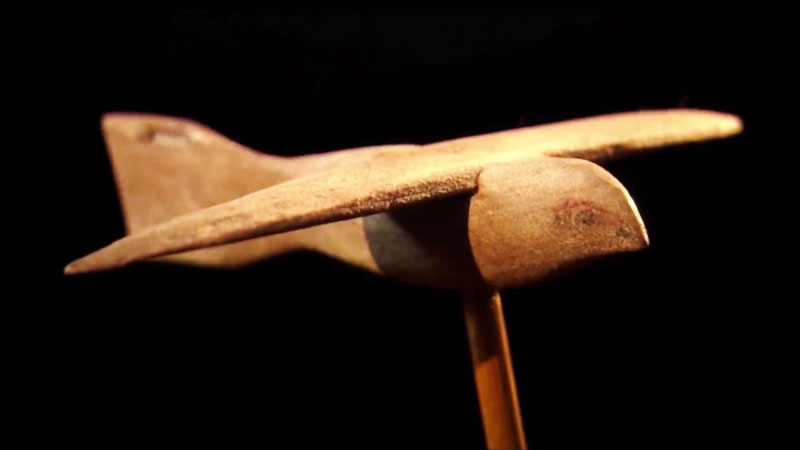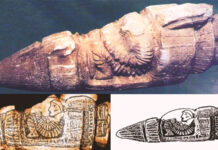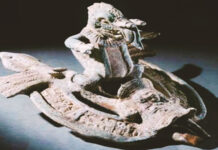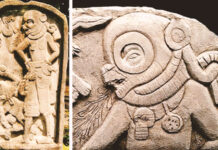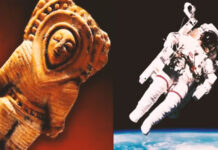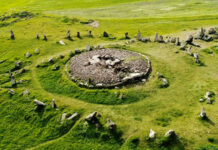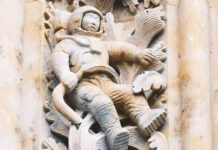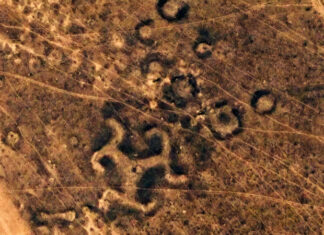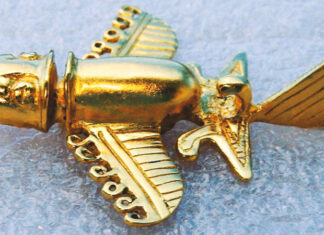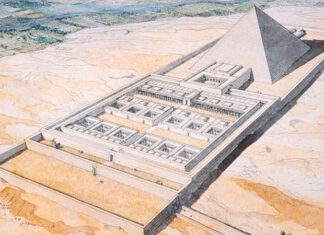The small bird-shaped model, made of sycamore wood, was found in 1898 during the excavation of the tomb of Pa-di-Imen in Saqqara, Egypt.
The object, which became known as “The Bird of Saqqara”, is estimated to be around 2,200 years old and is currently part of the collection of the Museum of Egyptian Antiquities in Cairo.
The Bird of Saqqara may represent evidence that knowledge of the principles of aviation existed many centuries earlier than previously believed.
Egyptian doctor and archaeologist Khalil Messiha speculates that the ancient Egyptians had developed the first aircraft in history and, if you look closely at the object, you will notice its incredible resemblance to an airplane, especially in relation to its tail, which is vertical, like in modern aircraft, while all birds have horizontal tails.
The vertical tail is one of the most important factors in the aerodynamic structure of airplanes, as it allows the aircraft to remain stabilized during flight.
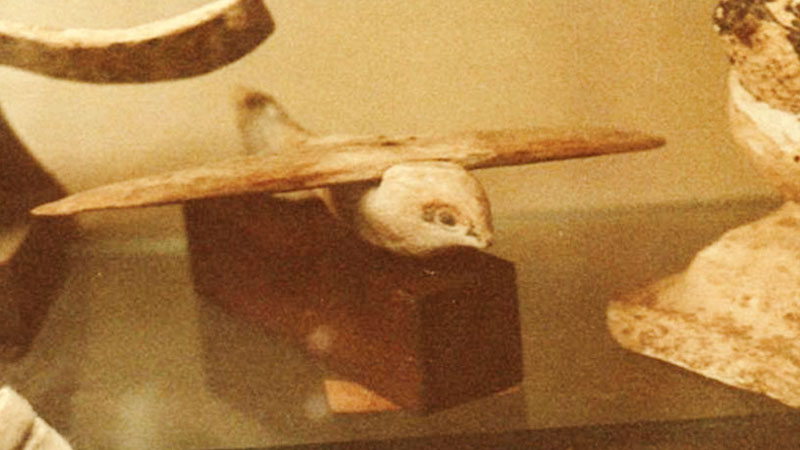
The artifact, in addition to having a perfectly aerodynamic tail and wings like modern airplanes, has the phrase “I want to fly” engraved on it.
This led Ancient Astronaut Theorists to believe that the Egyptians had built a flying machine based on something they had actually seen, a type of glider that may have been inspired by extraterrestrial technology.
Aerospace engineer Dr. Uwe Apel also endorses claims that the Egyptians had seen flying machines or an airplane. He says: “It’s interesting because on the one hand it looks like a bird, but on the other hand it’s clearly not a bird’s wings or tail.”
Dr. Algund Eenboom said: “The Bird of Saqqara is a highly developed type of glider. I believe that people, in ancient times, were visited by beings not from this Earth who gave us culture and scientific technologies to improve our lives on Earth, from primitive culture to the most developed”.
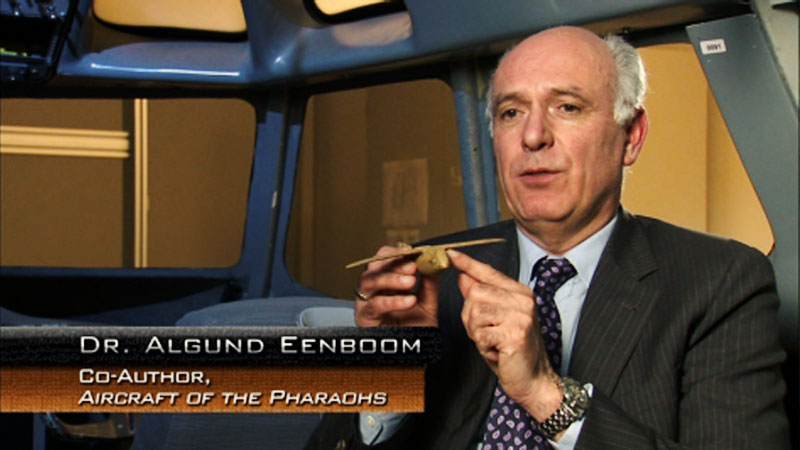
Mainstream archaeologists’ interpretation is that the bird may be a ceremonial object, as the falcon was a form commonly used to represent several of the most important gods in Egyptian mythology, most notably Horus and Ra.
Others claim that the bird was positioned on the mast of the sacred boats used during the Opet Festival and some believe that it may have just been a toy for a child of the Egyptian elite.
Either way, the Bird of Saqqara remains a mystery to modern science.

